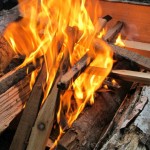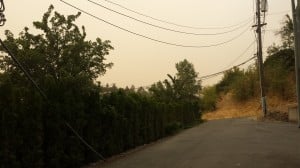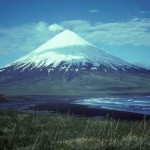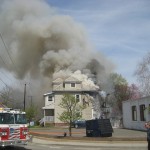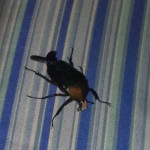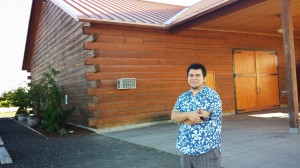 Last week I took a driving trip to eastern Washington and northern Idaho. I spent the Sunday after Independence Day with my son down in Walla Walla and visited the winery where he works. Noé is an amazing young man, and not just because I am his mother and therefore biased. I wish that I had record everything he had shared with me as we drove through the fertile Walla Walla valley, walked through the vineyard at Rasa winery, and tasted the wines. He has been working in vineyards and cellars in Walla Walla since he was seventeen, and he got his degree in viticulture and enology there. He knows the land there in an intimate way that I have never known any place at all. I may observe places deeply and try to build some sort of relationship with the places I go, but nothing can compare to the kind of living with the land that he does as a winemaker.
Last week I took a driving trip to eastern Washington and northern Idaho. I spent the Sunday after Independence Day with my son down in Walla Walla and visited the winery where he works. Noé is an amazing young man, and not just because I am his mother and therefore biased. I wish that I had record everything he had shared with me as we drove through the fertile Walla Walla valley, walked through the vineyard at Rasa winery, and tasted the wines. He has been working in vineyards and cellars in Walla Walla since he was seventeen, and he got his degree in viticulture and enology there. He knows the land there in an intimate way that I have never known any place at all. I may observe places deeply and try to build some sort of relationship with the places I go, but nothing can compare to the kind of living with the land that he does as a winemaker.
As we sipped wines with wonderfully geeky names from this winery that was founded by a couple of mathematicians who left the world of high tech startups to make wine, my son talked about the land that the grapes come from and the things he has learned about the nature of the much vaunted terroir of the various A.V.A.s around him. He told me about the different types of soil and stone around the valley and at the base of the hills nearby and about the different levels of rainfall that plots of land within view of each other may get. And then he spoke of a concept that he had been thinking of lately.
Noé told me that each of these different environments he’d described require something different from the winemaker. They each have their own rites that they demand.
He gave me a glass of wine and described the grapes in it. He described the place that grapes comes from, the amount of rain that they get and the wind that buffet the vines. He explained how difficult it is to make a good wine with those grapes because of their high tannins that overwhelm the other flavors. He mentioned some other wines that used a small amount of juice from these grapes mixed in with other juice to make a palatable wine. And then he described how the wine I was about to taste was made: a red wine, but with very little time on the skins to limit the tannins. The wine was lovely.
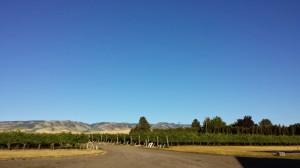 This, he said, was an example of the rite this wine demanded, but it was only part of it. The rites of the wine include everything from how the vines are trained and trimmed to what happens in the cellar. And then the wine is passed on to the purchaser, and the responsibility to continue the rites goes to them: to keep the wine cool for storage, to let the wine breathe when first opened, to serve it appropriately. All of these things are part of the relationship between the grapes, the yeasts, and humans. All of these things are sacred acts tied to the land and very specific boundaries of “place”.
This, he said, was an example of the rite this wine demanded, but it was only part of it. The rites of the wine include everything from how the vines are trained and trimmed to what happens in the cellar. And then the wine is passed on to the purchaser, and the responsibility to continue the rites goes to them: to keep the wine cool for storage, to let the wine breathe when first opened, to serve it appropriately. All of these things are part of the relationship between the grapes, the yeasts, and humans. All of these things are sacred acts tied to the land and very specific boundaries of “place”.
He says that he plans to write a book about the seven rites of Walla Walla wines. I look forward to reading it and sharing it with you when he does.

